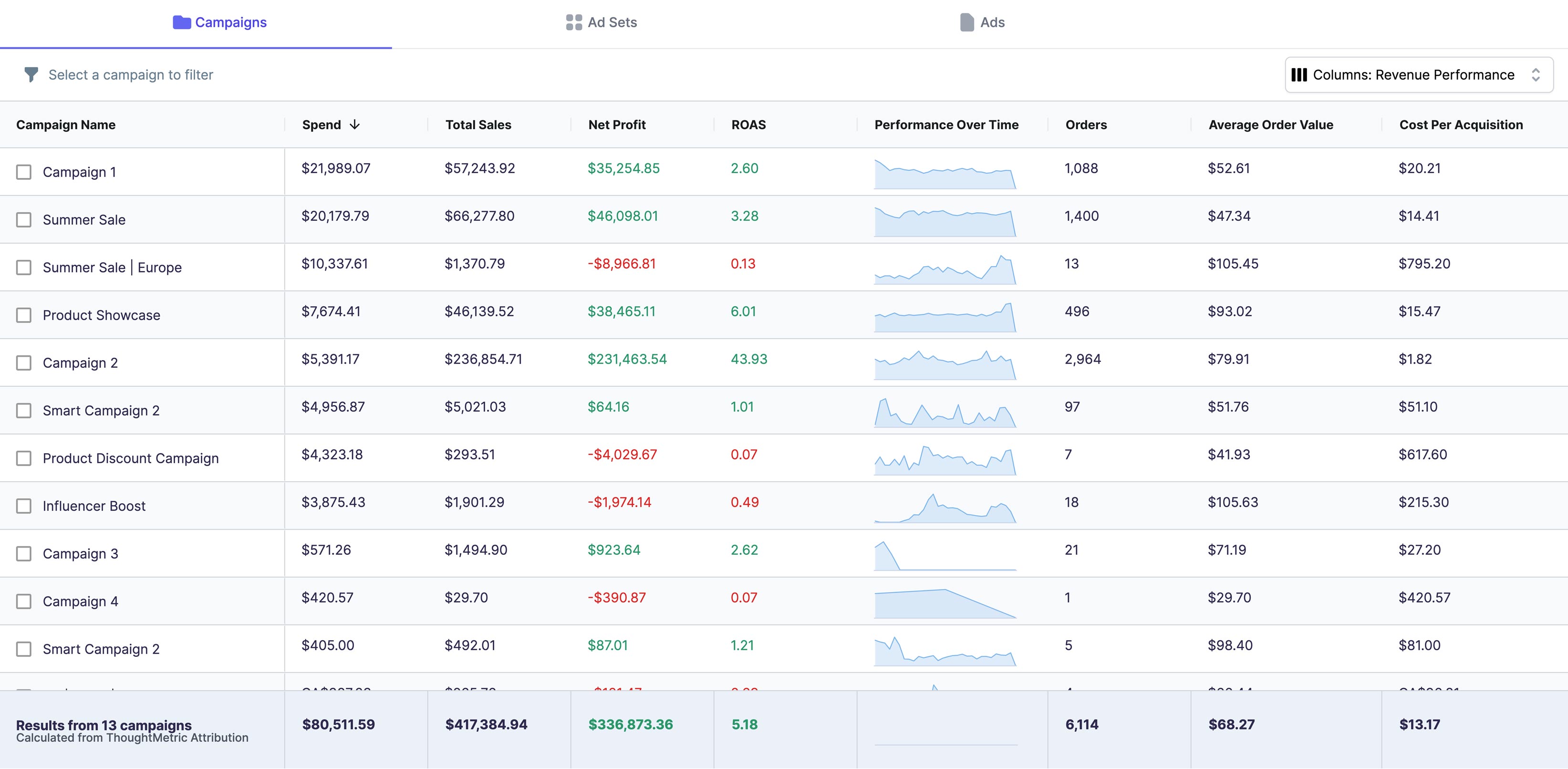Are you looking for an effective way to measure your advertising costs in Google Ads? Look no further than Cost Per Acquisition (CPA). In this article, we'll explore what CPA is, why it's important for Google Ads campaigns, and how to calculate and optimize your CPA for optimal results.
Understanding Cost Per Acquisition (CPA)
Before diving into how to calculate CPA in Google Ads, it's important to understand what exactly CPA means. Simply put, CPA is the cost to acquire a single conversion from a Google Ads campaign. This conversion could be signing up for a newsletter, purchasing a product, or any other action that you have deemed valuable for your business.
CPA is an important metric for any business that wants to measure the effectiveness of its advertising campaigns. By measuring CPA, you can better understand the cost effectiveness of your campaigns and adjust your strategies accordingly. For example, if your CPA is too high, you may need to adjust your targeting or ad copy to attract more qualified leads. Alternatively, if your CPA is low, you may want to increase your ad spend to attract more potential customers.
What is Cost Per Acquisition?
Cost Per Acquisition is a metric used by advertisers to track the cost of acquiring a customer through a specific campaign. It is calculated by taking the total cost of the campaign and dividing it by the total number of conversions. This will give you the cost per acquisition for that campaign.
For example, if you spend $100 on a Google Ads campaign and it results in 10 conversions, your CPA would be $10. This means that it cost you $10 to acquire each customer through that campaign.
Why is CPA important in Google Ads?
CPA is important in Google Ads because it allows you to measure the effectiveness of your campaigns. By tracking CPA, you can adjust your campaigns to reduce costs and increase conversions. Additionally, by setting a target CPA, you can automate bids in Google Ads, allowing you to focus on other aspects of your business.
Setting a target CPA in Google Ads can be a powerful tool for optimizing your campaigns. By setting a target CPA, you are telling Google Ads what you are willing to pay for each conversion. Google Ads will then adjust your bids in real time to help you achieve that target CPA. This can save you time and money by allowing you to focus on other aspects of your business while Google Ads handles the bidding process.
It's important to note that setting a target CPA does not guarantee that you will achieve that CPA. There are many factors that can affect the cost of your campaigns, including competition, ad placement, and ad quality. However, by setting a target CPA and monitoring your campaigns closely, you can make adjustments as needed to improve your results over time.
Setting up Conversion Tracking in Google Ads
Are you struggling to measure the success of your Google Ads campaigns? The first step in calculating CPA in Google Ads is to set up conversion tracking. This will allow you to track the desired action of your customers, such as a purchase or sign-up.
Conversion tracking is a crucial tool for any business looking to optimize their advertising efforts. By tracking conversions, you can better understand which campaigns are driving the most valuable actions for your business. This information can help you make more informed decisions about where to allocate your advertising budget.
Types of Conversions to Track
There are many types of conversions to track in Google Ads. Some common examples include:
- Purchases: If you're an e-commerce business, tracking purchases is a no-brainer. This conversion type will allow you to see exactly how many sales are being generated by your campaigns.
- Form Submissions: If your business relies on lead generation, tracking form submissions is a must. This conversion type will allow you to see how many people are filling out your contact forms or requesting more information.
- Phone Calls: If your business relies on phone calls to generate leads or sales, tracking phone calls is essential. This conversion type will allow you to see how many calls are being generated by your campaigns.
- Newsletter Sign-Ups: If you're looking to grow your email list, tracking newsletter sign-ups is a great option. This conversion type will allow you to see how many people are opting in to receive your emails.
Depending on the goals of your business, you may choose to track one or more of these conversion types.
Implementing Conversion Tracking
Implementing conversion tracking in Google Ads is simple. First, navigate to the "Tools & Settings" tab and click "Conversions". From there, you can create a new conversion action and add the tracking code to your website.
It's important to note that in order for conversion tracking to work properly, the tracking code must be added to the specific page that customers see after completing the desired action. For example, if you're tracking purchases, the tracking code should be added to the "Thank You" page that customers see after completing their purchase.
Once conversion tracking is set up, you can begin measuring CPA for your campaigns. CPA, or cost per acquisition, is a metric that measures how much it costs to acquire a new customer. By tracking conversions and calculating CPA, you can get a better understanding of the return on investment (ROI) of your advertising efforts.
So what are you waiting for? Set up conversion tracking in Google Ads today and start optimizing your campaigns for success!
Calculating CPA in Google Ads
Now that conversion tracking is set up, it's time to calculate CPA in Google Ads. This involves identifying the key metrics and following a step-by-step guide.
Identifying the Key Metrics
Before calculating CPA, it's important to identify the key metrics that will be used in the calculation. These include:
- Total cost of the campaign
- Total number of conversions
By tracking these metrics, you can easily calculate your CPA for any given campaign.
Step-by-Step Guide to Calculate CPA
Calculating CPA in Google Ads is simple. Follow these steps:
Log in to your Google Ads account
Select the desired campaign
Navigate to the "Conversions" tab
Select "Customize columns" from the drop-down menu
Add "Cost / conv." and "Conv." to the selected columns
Divide the total cost of the campaign by the total number of conversions to get the CPA
Analyzing and Optimizing CPA
Once you have calculated your CPA, it's time to analyze the results and optimize for better performance.
Benchmarking Your CPA
Benchmarking your CPA involves comparing your results to industry standards. By reviewing benchmarks for your industry, you can better understand how your campaigns are performing and make informed decisions about optimizations.
Tips to Lower Your CPA
To lower your CPA, consider implementing the following strategies:
- Targeting specific demographics
- Adjusting bids for underperforming campaigns
- Optimizing landing pages for higher conversion rates
By implementing these tips, you can improve the effectiveness of your campaigns and lower your CPA.
Utilizing Automated Bidding Strategies
Automated bidding strategies can make managing your Google Ads campaigns much easier. One such strategy is Target CPA bidding.
Target CPA Bidding
Target CPA bidding allows you to automatically adjust your bids to meet your desired CPA. By setting a target CPA for your campaign, Google Ads will automatically adjust bids to meet that CPA.
Maximizing Conversions with CPA
By properly utilizing CPA, you can maximize conversions for your Google Ads campaigns. By tracking and optimizing your CPA, you can make informed decisions about how to allocate your advertising budget and reach your target audience more effectively.
Conclusion
Calculating and optimizing your CPA in Google Ads may seem like a daunting task, but it's essential for running successful ad campaigns. By understanding the key metrics and following the step-by-step guide we've outlined, you can better understand the performance of your campaigns and optimize for better results. Remember to benchmark your results, implement optimization tips, and utilize automated bidding strategies to maximize your conversions and achieve your business goals.





